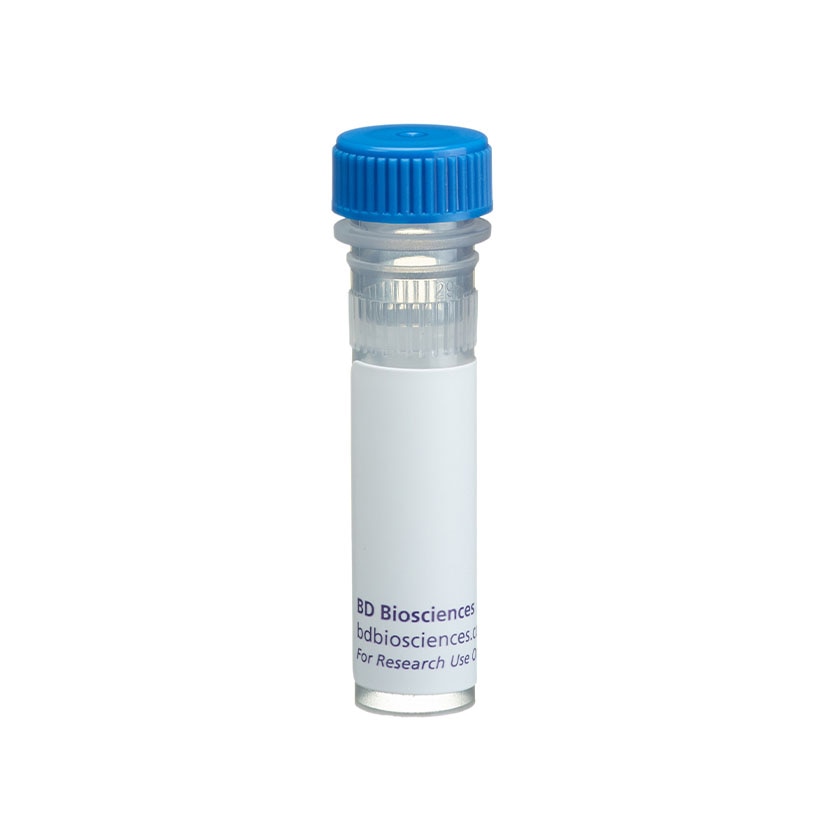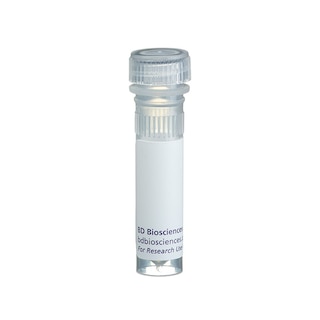-
Reagents
- Flow Cytometry Reagents
-
Western Blotting and Molecular Reagents
- Immunoassay Reagents
-
Single-Cell Multiomics Reagents
- BD® AbSeq Assay
- BD Rhapsody™ Accessory Kits
- BD® Single-Cell Multiplexing Kit
- BD Rhapsody™ Targeted mRNA Kits
- BD Rhapsody™ Whole Transcriptome Analysis (WTA) Amplification Kit
- BD Rhapsody™ TCR/BCR Profiling Assays for Human and Mouse
- BD® OMICS-Guard Sample Preservation Buffer
- BD Rhapsody™ ATAC-Seq Assays
-
Functional Assays
-
Microscopy and Imaging Reagents
-
Cell Preparation and Separation Reagents
-
Dehydrated Culture Media
-
- BD® AbSeq Assay
- BD Rhapsody™ Accessory Kits
- BD® Single-Cell Multiplexing Kit
- BD Rhapsody™ Targeted mRNA Kits
- BD Rhapsody™ Whole Transcriptome Analysis (WTA) Amplification Kit
- BD Rhapsody™ TCR/BCR Profiling Assays for Human and Mouse
- BD® OMICS-Guard Sample Preservation Buffer
- BD Rhapsody™ ATAC-Seq Assays
- Canada (English)
-
Change country/language
Old Browser
Looks like you're visiting us from {countryName}.
Would you like to stay on the current country site or be switched to your country?
BD Transduction Laboratories™ Purified Mouse Anti-Tyrosine Hydroxylase
Clone 45/Tyrosine Hydroxylase
(RUO)




Western blot analysis of Tyrosine Hydroxylase on rat cerebrum lysate. Lane 1: 1:5000, lane 2: 1:10000, lane 3: 1:20000 dilution of Tyrosine Hydroxlase.

Immunofluorescence staining of PC12 cells.


BD Transduction Laboratories™ Purified Mouse Anti-Tyrosine Hydroxylase

BD Transduction Laboratories™ Purified Mouse Anti-Tyrosine Hydroxylase

Regulatory Status Legend
Any use of products other than the permitted use without the express written authorization of Becton, Dickinson and Company is strictly prohibited.
Preparation And Storage
Product Notices
- Since applications vary, each investigator should titrate the reagent to obtain optimal results.
- Please refer to www.bdbiosciences.com/us/s/resources for technical protocols.
- Caution: Sodium azide yields highly toxic hydrazoic acid under acidic conditions. Dilute azide compounds in running water before discarding to avoid accumulation of potentially explosive deposits in plumbing.
- Source of all serum proteins is from USDA inspected abattoirs located in the United States.
Companion Products

.png?imwidth=320)

Dopamine and its metabolic products norepinephrine and epinephrine are catecholamine neurotransmitters whose function is essential for the execution of normal neural processes in the CNS and PNS. Tyrosine hydroxylase (TH) is a non-heme iron, tetrahydrobiopterin-dependent enzyme that catalzyes the conversion of tyrosine to L-dihydroxyphenylalanine (L-DOPA). This is the rate-limiting step in the biosynthesis of catecholamines. Both the development of Parkinson's disease and other neurodegenerative diseases result from loss of the ability to synthesize catecholamines. Decreases in the activity of TH have been implicated in these diseases. Nitration of TH at Tyrosine 423 has been associated with temporary loss of enzymatic activity, and TH nitration occurs in response to the Parkinsonian toxin MPTP, and following exposure to peroxynitrite. These findings implicate nitration as a potential mode of down-regulation of TH activity during neurodegenerative disease. Thus, TH is an essential enzyme for catecholamine synthesis, which is required for normal neuronal function.
Development References (2)
-
Blanchard-Fillion B, Souza JM, Friel T. Nitration and inactivation of tyrosine hydroxylase by peroxynitrite. J Biol Chem. 2001; 276(49):46017-46023. (Biology). View Reference
-
Salvatore MF, Waymire JC, Haycock JW. Depolarization-stimulated catecholamine biosynthesis: involvement of protein kinases and tyrosine hydroxylase phosphorylation sites in situ. J Neurochem. 2001; 79(2):349-360. (Biology). View Reference
Please refer to Support Documents for Quality Certificates
Global - Refer to manufacturer's instructions for use and related User Manuals and Technical data sheets before using this products as described
Comparisons, where applicable, are made against older BD Technology, manual methods or are general performance claims. Comparisons are not made against non-BD technologies, unless otherwise noted.
For Research Use Only. Not for use in diagnostic or therapeutic procedures.
Report a Site Issue
This form is intended to help us improve our website experience. For other support, please visit our Contact Us page.